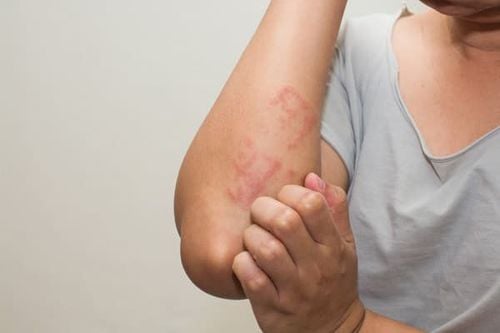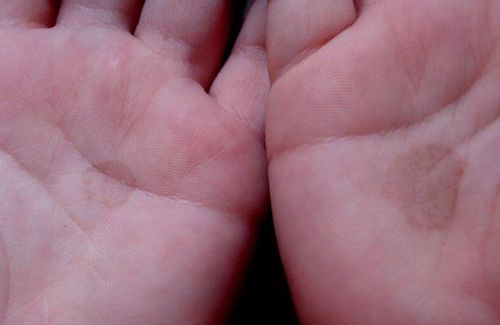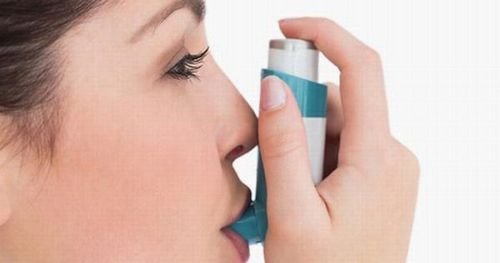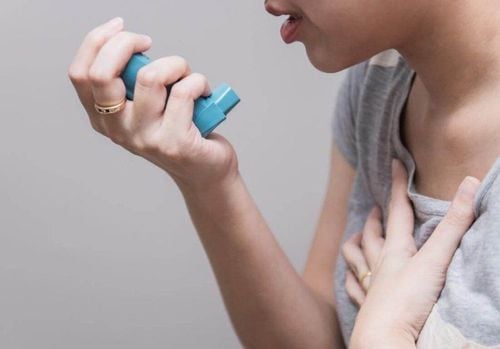This is an automatically translated article.
The article is professionally consulted by Master, Doctor Dang Huy Toan - Pediatrician - Neonatologist - Department of Pediatrics - Neonatology - Vinmec Nha Trang International General Hospital.Substances that cause allergic reactions in 3-4 year olds include foods, drugs, animal dander, dust mites, molds and pollens... Children 3 years old often have allergies with respiratory symptoms ( allergic rhinitis), skin problems (eczema) or intestinal problems (food allergies).
1. What is an allergy?
An allergy is the immune system's response to an irritant in the environment. When a 3-year-old with an allergy is exposed to an irritant - by touching, breathing it in, eating it or injecting it - the body mistakes it for a "dangerous invader," then releases histamine and other chemicals. other substances to combat.According to the data of the US Centers for Disease Control and Prevention (CDC) released in 2011, 4.5% of children under 18 years of age have food allergies, 10.7% have skin allergies and 16. 6% had respiratory allergies. These rates are all up from 10 years ago.
Irritants will cause symptoms such as runny nose, sneezing, itching and coughing. Symptoms can range from mild to severe, intermittent (seasonal), or persistent due to continued exposure to the irritant. In some cases, the irritant can cause anaphylaxis, with life-threatening symptoms of difficulty breathing and swelling, requiring urgent medical attention.
Allergies are hereditary but not necessarily the same. For example, if a child's biological parent is allergic to grass or pet pollen, there is a 40-50% chance that the child will also have some type of allergy. This probability increases to 75 - 80% when the baby has both biological parents with allergies. However, family members will be allergic to very different factors.
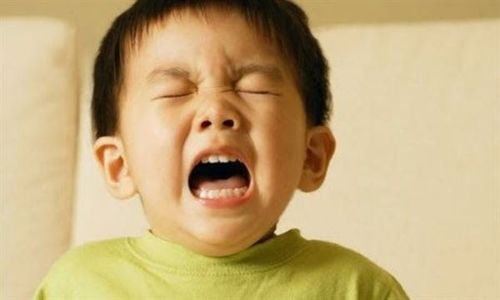
Dị ứng là phản ứng của hệ miễn dịch với một chất gây kích ứng trong môi trường
2. Allergens
Babies and toddlers are less likely to develop seasonal allergies, until they're about 3 to 4 years old. Because it usually takes several months for an allergy to develop, while exposure to each type of pollen occurs only a few weeks per year.Each person with an allergy has a new cut-off point for reacting. So, if your 3-year-old is allergic to cat fur, he'll probably be fine around cats for the first few months. But then one day, when the exposure reaches the peak, the child's body will react and show symptoms.
The factors most likely to cause allergies in 3-year-olds are:
Dust mites: Microscopic organisms that thrive on human skin. Nearly 85% of allergy sufferers are sensitive to dust mites, with nasal congestion in the morning throughout the year (similar to pet allergies). Pets: Animal hair and white, scaly spots made up of the skin and fur of cats, dogs, and other furry animals. Studies show that it can take more than a year after a cat is no longer owned for the cat's hair to decompose to the point that it no longer affects 4-year-old children with allergies. Pollen: Especially from non-blooming plants, grasses and weeds. Pollen-related allergies are more common in spring, summer, and fall. Mold: Found in damp places such as bathrooms and basements or outdoors. Mold allergies often develop in wet or rainy weather, and can be difficult to distinguish from a cold. Some 3-year-olds are allergic to feathers or wool blankets. Although children may not be allergic to secondhand smoke, it can worsen allergy symptoms.
3. 10 signs that distinguish allergies from colds
Because the symptoms of respiratory allergies are quite similar to those of a cold, including runny nose, watery eyes, cough, congestion, and sneezing, it can be difficult to tell them apart. However, there are still some typical signs of an allergic reaction:Colds usually subside in 7-10 days; allergies are almost constant, don't go away Continually stuffy or runny nose Child won't stop wiggling, wiping or blowing their nose Mucus coming out of the nose is clear and thin; as opposed to yellow or green and thick with colds Sneezing a lot Sneezing, red and watery eyes Dark circles under the eyes (purple or blue) Child has to breathe through their mouth Persistent dry cough Irritated skin or a rash red itchiness If one or more of the above symptoms is present, chances are your child is allergic to something in the environment. 3-year-olds with allergies are also more susceptible to ear infections, asthma, and sinus infections.
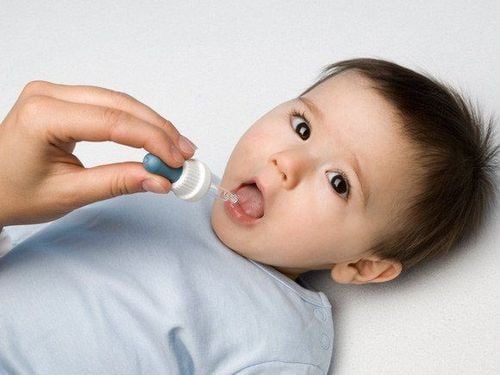
Cảm lạnh thường giảm trong 7 - 10 ngày; dị ứng thì hầu như liên tục, không thuyên giảm
4. How to protect children from allergens
Here are the best ways to reduce your child's exposure to common allergens:4.1. Dust mites Dust mites are found in fabrics, carpets, and virtually every room in the home. But children are most often exposed to dust mites in bedrooms, where mattresses and pillows are located.
The following steps involve quite a bit of work, but are really helpful. If you take these steps enough, there is a 60-70% chance of improving your child's allergies and significantly cutting down on the amount of medication needed.
Wrap your baby's mattress in a tightly woven, waterproof sheet (sold in allergy supply stores), unlike regular sheets. Avoid using large duvets, instead use light blankets. Wash bed sheets once a week in hot water about 54°C to kill dust mites. Avoid piling up stuffed animals in your child's room, this is a dust magnet. Wash a few of your child's favorite toys in hot water weekly or in the freezer to chill overnight. Vacuum weekly or every other week, but keep your child out of the room when you do the cleaning. Wet mopping to prevent dust mite particles from remaining in the room. Consider investing in a vacuum with a high-efficiency filter that captures the microscopic particles that conventional vacuums miss. If your child has a severe dust mite allergy, consider replacing the carpet with hardwood or vinyl flooring. Clean or replace filters on heaters and air conditioners monthly. 4.2. Pet dander If a 4-year-old is allergic to pets, the only solution is to take the animal away. Of course, this is not an easy decision to make, and many families will only consider it a last resort.
To keep the fur clean, wash your pet regularly. You can find hair-reducing shower gels at pet stores. Also keep pets away from furniture and out of children's rooms.
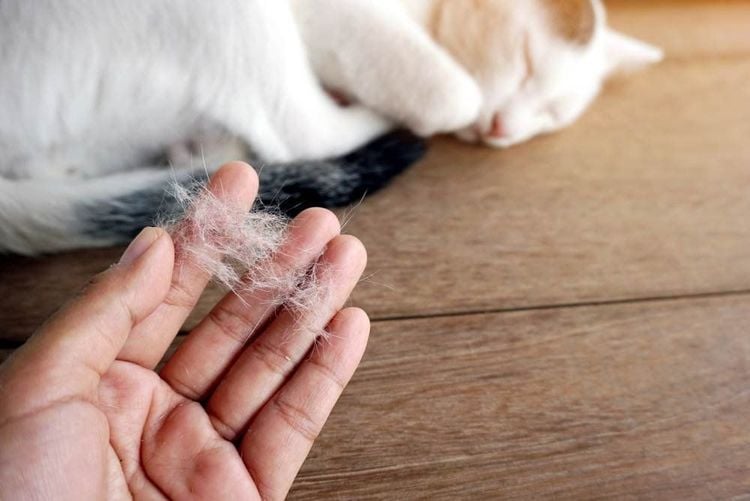
Lông thú cưng là một trong nhiều tác nhân gây dị ứng ở trẻ em
If your child goes outdoors, make sure to bathe and wash his or her hair every night to remove any lingering allergens. Dry clothes in the machine instead of hanging on the line, and close the air ducts to the bedroom.
4.4. Mold Use dehumidifiers and air conditioners in warm weather and high humidity, especially in damp basements or other areas of the home where mold grows.
If your bathroom has a lot of mold, clean it regularly with a mold-inhibiting disinfectant, such as a little bleach or a natural solution like tea tree oil and clean water. Consider investing in a better ventilation system.
Mold can often grow in closets, attics, cellars, potted plants, refrigerators, bathrooms, trash cans and under carpets. Even a fake Christmas tree can contain mold.
Note, you should not give your child over-the-counter allergy medicine without consulting your doctor first. Your doctor may recommend antihistamines or steroid nasal sprays and prescribe them for your child. Many new allergy medications with few side effects are on the market, but are not approved for children under 6 months.

Bạn không nên cho trẻ uống thuốc dị ứng không kê đơn mà không hỏi ý kiến bác sĩ trước
As a key area of Vinmec Health System, Pediatrics Department is well-invested in personnel, technology, and equipment, bringing satisfaction to customers.
Top team of pediatric experts: Experienced professors, associate professors, doctors, and masters, who have worked at major hospitals across the country, are well-trained at home and abroad; understand child psychology. Comprehensive services: Vinmec provides a series of continuous medical examination and treatment services from Newborn to Pediatric and Vaccine,... according to international standards to help parents take care of their baby's health from birth to adulthood. Advanced techniques: Vinmec has successfully deployed many specialized techniques to make the treatment of difficult diseases in Pediatrics more effective: neurosurgery - skull surgery, hematopoietic stem cell transplantation in cancer treatment ,.... Professional care: Understanding children's psychology, building a play space for children, helping them feel comfortable and familiar with the hospital's environment, cooperating in treatment, improving effectiveness of medical treatment. To register for examination and treatment with Pediatricians at Vinmec International General Hospitals nationwide, please click the "Contact" button on the website or register for an online examination.
Please dial HOTLINE for more information or register for an appointment HERE. Download MyVinmec app to make appointments faster and to manage your bookings easily.
Reference source: babycenter.com



